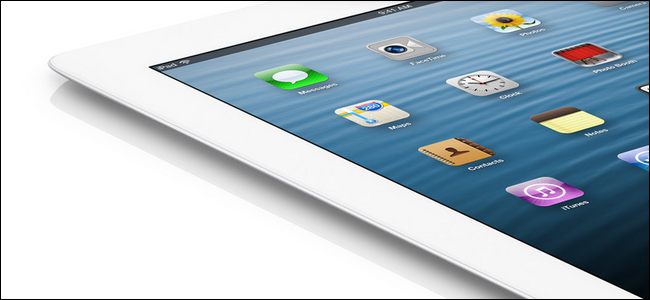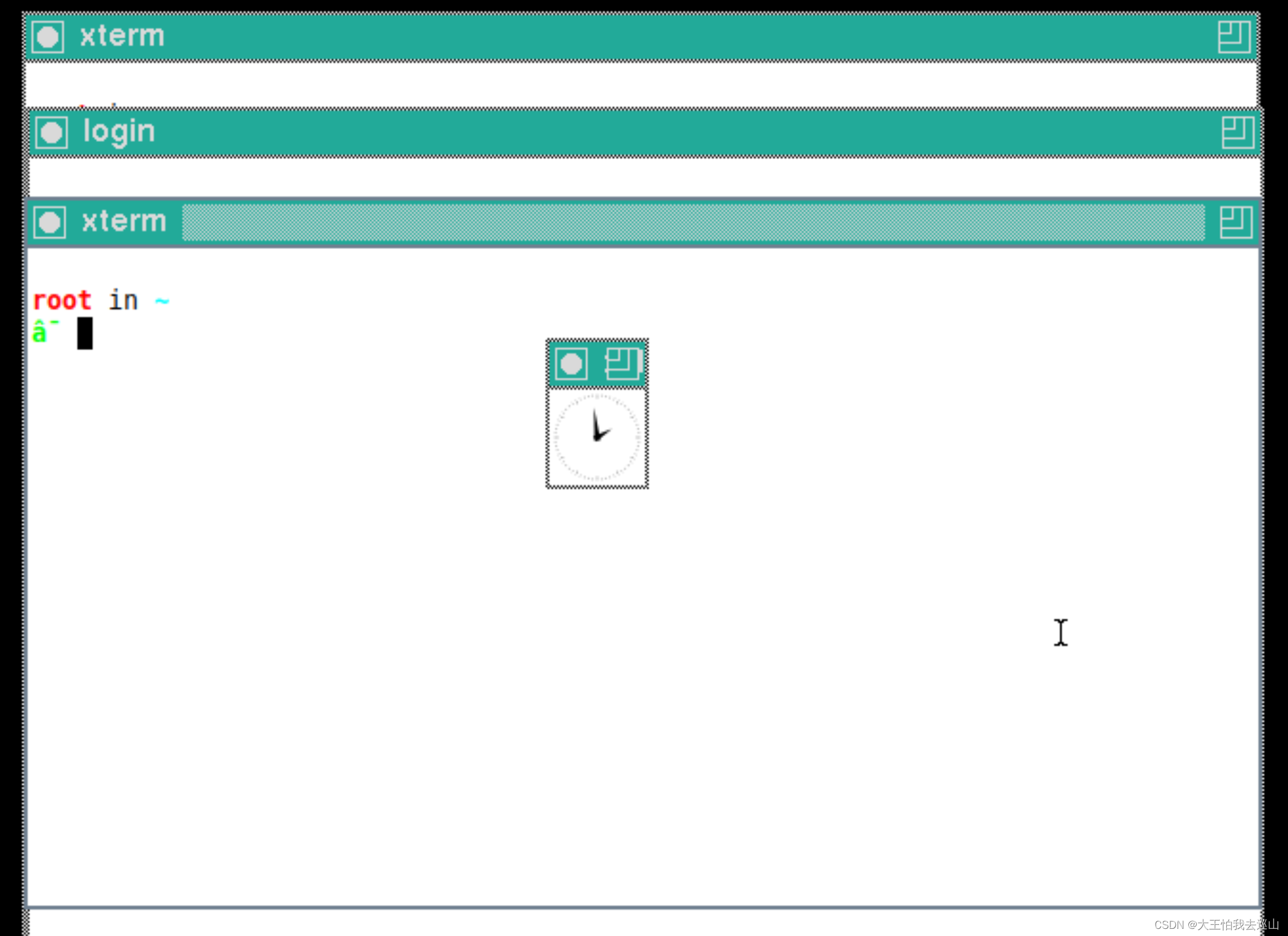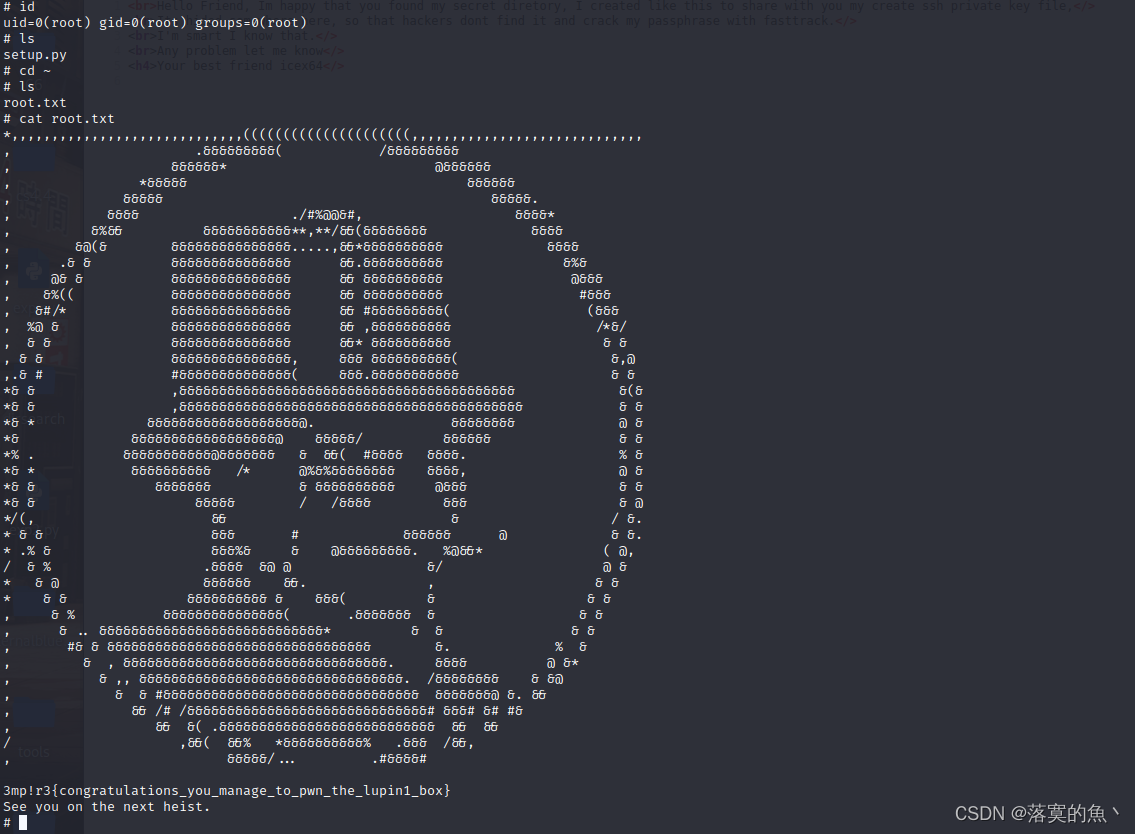
笔记本电脑黑屏风扇不转

An hour after you’ve settled in with your tablet, busy playing a game, it’s still quiet as a mouse but most laptops would be serenading you with the whir of a system fan. Why can tablets forgo a cooling fan?
在平板电脑上安顿下来之后一个小时,忙着玩游戏,它仍然像鼠标一样安静,但是大多数笔记本电脑都会在系统风扇的呼唤下为您演唱。 平板电脑为什么可以放弃散热风扇?
Today’s Question & Answer session comes to us courtesy of SuperUser—a subdivision of Stack Exchange, a community-driven grouping of Q&A web sites.
今天的“问答”环节由SuperUser提供,它是Stack Exchange的一个分支,该社区是由社区驱动的Q&A网站分组。
问题 (The Question)
SuperUser reader Jonathan is curious about the hardware differences between tablets and laptops. He writes:
超级用户读者Jonathan对平板电脑和笔记本电脑之间的硬件差异感到好奇。 他写:
I’m curious why a tablet doesn’t need fans but all laptops do, even the cheap and less powerful netbooks. I thought at first it would be that the screen on a tablet is smaller than a laptop, so the graphics chip doesn’t have to be as powerful and so doesn’t generate as much heat. But then the new iPads have retina display which have a much bigger resolution than most laptops.
我很好奇为什么平板电脑不需要风扇,但所有笔记本电脑都需要风扇,甚至便宜且功能不强的上网本也是如此。 我最初以为是平板电脑上的屏幕小于笔记本电脑上的屏幕,所以图形芯片不必那么强大,也不会产生太多热量。 但是随后,新的iPad配备了视网膜显示屏,其分辨率比大多数笔记本电脑都要大。
Then I thought maybe it’s because tablets don’t multitask like laptops can, but some Android tablets can have 2 (at least) apps open at once, and even jailbroken iPads can. While some low end netbooks struggle to run a web browser and word processor.
然后我想也许是因为平板电脑不像笔记本电脑那样可以执行多任务,但是某些Android平板电脑可以一次打开2个(至少)应用程序,甚至越狱的iPad都可以。 一些低端上网本很难运行Web浏览器和文字处理器。
If you attach a keyboard to tablet you have a laptop, so why do laptops seem to generate disproportionate amounts of heat?
如果将键盘连接到平板电脑,则您拥有一台笔记本电脑,为什么笔记本电脑似乎会产生不成比例的热量?
Is the difference between ARM and Intel/AMD chips? If so what is it about the different chip designs that make Intel/AMD produce so much more heat than ARM chips?
ARM和Intel / AMD芯片之间有区别吗? 如果是这样,那么与Intel芯片相比,使Intel / AMD产生更多热量的不同芯片设计又是什么呢?
Let’s dig in and see what everyone has to say about the hardware divide between the two.
让我们深入研究一下,看看每个人对这两者之间的硬件鸿沟怎么说。
答案 (The Answer)
SuperUser contributor Joel Coehoorn offers this description of the divide:
超级用户贡献者Joel Coehoorn提供了这种划分的描述:
Tablets don’t need fans because their CPUs (processors) have a different architecture that is more power efficient and doesn’t generate as much waste heat. This is also why they are able to get 10 hours of run-time on a relatively small battery.
平板电脑不需要风扇,因为它们的CPU(处理器)具有不同的体系结构,该体系结构具有更高的电源效率并且不会产生那么多的废热。 这也是为什么他们可以使用相对较小的电池获得10个小时的运行时间的原因。
The other side of this, though, is that the tablet processor is no where near as powerful as a laptop processor, even cheap netbooks. This is why, for example, nearly all tablet operating systems absolutely prevent you from running more than one app at a time, and strictly limit what kinds of tasks apps are able to do in the background.
不过,另一方面是,平板电脑处理器的功能与笔记本电脑处理器甚至是廉价的上网本都不一样。 例如,这就是为什么几乎所有平板电脑操作系统都绝对禁止您一次运行多个应用程序,并严格限制了应用程序在后台可以执行的任务类型。
We are seeing some rapid convergence, though… tablet processors are closing the performance gap with each generation, and chip designers are also working to make laptop/desktop processors more and more power efficient.
但是,我们看到了一些快速的融合…平板电脑处理器正在缩小每一代的性能差距,芯片设计人员也在努力使笔记本电脑/台式机处理器越来越节能。
Chetan Bhargava highlights some additional hardware factors that contribute to the heat:
Chetan Bhargava着重介绍了导致发热量的一些其他硬件因素:
There are three heat generation points in a laptop:
笔记本电脑有三个发热点:
1. Processor 2. Chipset 3. Graphics 4. Power regulators
1.处理器2.芯片组3.图形4.电源调节器
1-3 of the above subsystems work at very high speeds. Because these subsystems are clocked so high, the power requirement is very high. High speed and hi power requirements generate a lot of heat in Si. Also, these subsystems use PCIe to communicate and PCIe needs to be clocked to a certain frequency to operate. Multiple PCIe lanes originate from the chipset therefore increasing the power usage and generating heat.
上述子系统中的1-3以很高的速度工作。 由于这些子系统的时钟频率很高,因此功率要求非常高。 高速和高功率要求会在Si中产生大量热量。 而且,这些子系统使用PCIe进行通信,并且需要将PCIe时钟固定为一定频率才能进行操作。 多个PCIe通道源自芯片组,因此会增加功耗并产生热量。
Tablets don’t use high end processors or graphic subsystems. Most of them use ARM core that was developed for embedded market. Such processors don’t use special chipsets or PCIe bus and are not clocked at high speeds as the laptop processors. Hence they don’t generate as much heat.
平板电脑不使用高端处理器或图形子系统。 他们中的大多数使用为嵌入式市场开发的ARM内核。 这样的处理器不使用特殊的芯片组或PCIe总线,并且不像膝上型计算机那样以高时钟频率运行。 因此它们不会产生那么多的热量。
Finally, it’s worth noting that not all laptops have cooling fans many of the current generation Ultrabooks have an super small form factor, lower power-parts (like SSDs) and use heat dissipation tricks that don’t rely on fans.
最后,值得注意的是,并非所有笔记本电脑都具有散热风扇,当前一代的超极本中的许多笔记本电脑都具有超小尺寸,低功耗部件(例如SSD),并且使用不依赖风扇的散热技巧。
Have something to add to the explanation? Sound off in the the comments. Want to read more answers from other tech-savvy Stack Exchange users? Check out the full discussion thread here.
有什么补充说明吗? 在评论中听起来不对。 是否想从其他精通Stack Exchange的用户那里获得更多答案? 在此处查看完整的讨论线程。
翻译自: https://www.howtogeek.com/138614/why-do-laptops-need-system-fans-but-tablets-do-not/
笔记本电脑黑屏风扇不转





